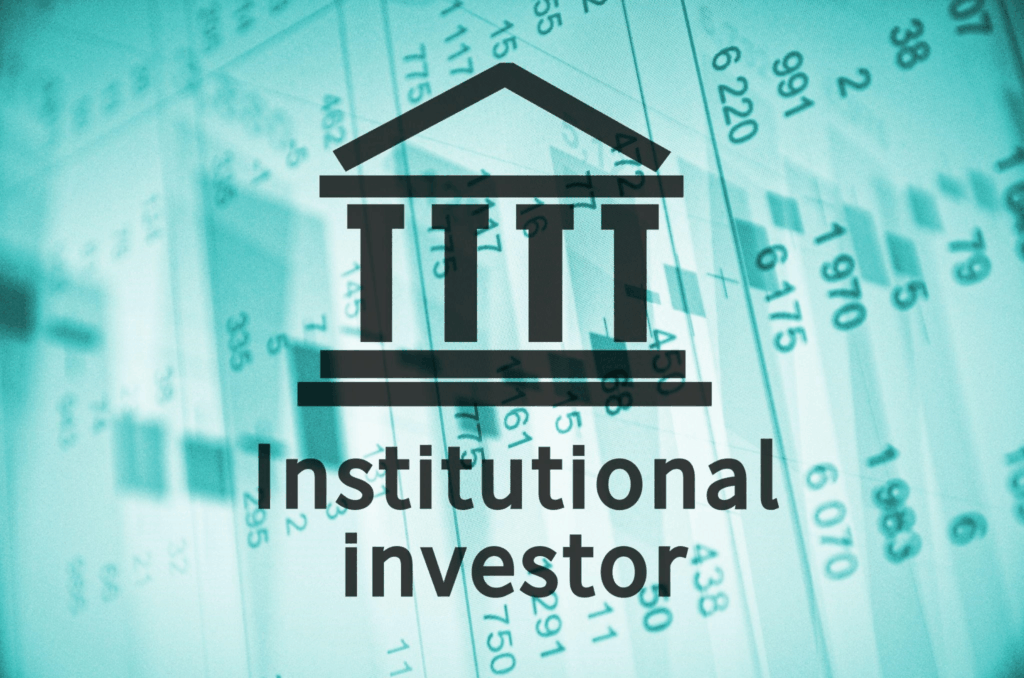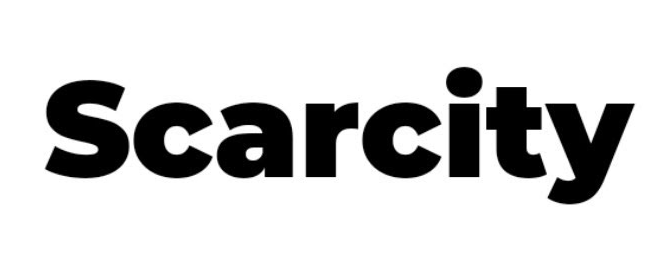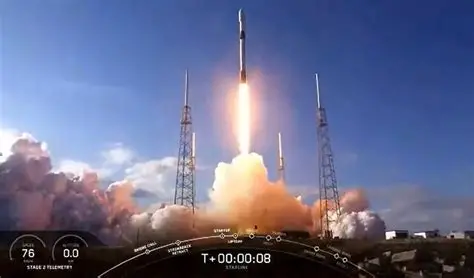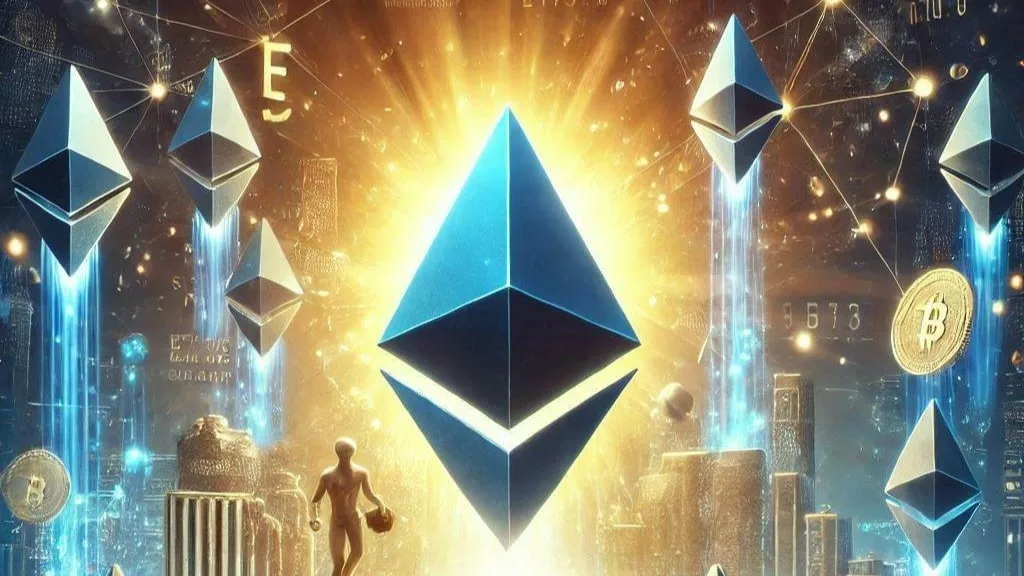In this update, I will discuss the Latest Updates In Ethereum And Bitcoin, paying special attention to price trends, money from big investors, and the most important upgrades to the networks.
Bitcoin continues to surge, hitting fresh peaks, while Ethereum gears up for the Pectra upgrade. Together, these milestones reflect the changing face of the crypto space as we move through 2025.
Latest Updates In Ethereum And Bitcoin
Bitcoin (BTC)
1.Price Movement and ETF Outflows
The recent move of Bitcoin below \$117,000 can be traced to profit-taking and simultaneous withdrawals from institutional vehicles like ETFs. Yet, it’s important to note that the asset is still up 16% month-over-month and set a fresh record high the week prior.

Many market watchers interpret the latest swing as a routine pullback after a steep ascent, rather than a departure from the underlying bullish sentiment.
Price Movement and ETF Outflows Features
- ETF Outflows Send Bitcoin Spiraling: The leading crypto felt the pressure of more than $900 million in ETF redemptions last week, sparking the steep correction.
- Ethereum Follows BTC Down: ETH tracked Bitcoin lower, slipping beneath crucial support zones as thinning ETF demand weighed on the second-largest asset.
- Cautious Mood Turns Defensively: Traders are piling into short contracts, with sentiment gauges sliding into the red and the herd showing clear reluctance to buy the dip.
2.Institutional Interest Remains Strong
While the price has wobbled, institutional appetite for Bitcoin hasn’t dimmed. Recent data show that spot Bitcoin ETFs alone absorbed around \$2.2 billion, reinforcing the idea that big-money players keep committing fresh capital.

This steady flow underscores a broader conviction that Bitcoin is steadily being accepted as a core asset, not a speculative afterthought.
Institutional Interest Remains Strong Features
- Fidelity and BlackRock: Even with recent outflows, these giants are sticking with hefty ETF positions, underscoring a strategic commitment to the market’s future.
- Grayscale and ARK: Both are doubling down in the crypto ETF race, showing they still believe in a longer game and the market’s structural resilience.
- Surging OTC Desk Volume: Large-ticket trades are back in focus, suggesting that institutions are quietly building and reinforcing their crypto stacks out of the public spotlight.
3.Corporate Treasuries and SPAC Announcements
Interest in Bitcoin among corporates keeps accelerating as treasury teams widen their digital asset playbooks. The Blockchain Group just added 22 BTC, upping their total stash to 1,955.

On the SPAC front, Bitcoin Standard Treasury Company intends to merge with Cantor Equity Partners I; the post-deal playbook flags a target of 30,021 BTC, an unmistakable signal of institutional, multi-year conviction in the asset.
Corporate Treasuries and SPAC Announcements Features
- MicroStrategy Expands Bitcoin Treasury: The software giant completed another round of purchases, pushing its total holdings past \$5.5 billion.
- SPACs Shift to Blockchain Targets: A new wave of SPACs announced crypto-focused pipelines, aiming to list promising blockchain firms in the coming quarters.
- VC Capital Flows to DeFi: Several venture rounds are underwriting Ethereum-based DeFi protocols, with treasury teams structuring multi-year lock-up stakes.
4.Scarcity Signals
MicroStrategy’s Michael Saylor keeps pushing the scarcity narrative. He projects that a decade from now, the combination of climbing demand, fixed supply, and greater institutional cold storage will make acquiring Bitcoin a logistical and financial challenge.

The deflationary design, coupled with an inelastic supply curve, suggests that any remaining BTC in circulation will, net-net, command an even stiffer price premium.
Scarcity Signals Features
- Exchange Reserves Decline: Bitcoin balances on custodial platforms are at their lowest since 2018, a classic sign of long-term conviction.
- ETH Supply Deflation: The EIP-1559 burn mechanism continues to eat away at net issuance, tightening the circulating Ether supply.
- Next Halving in Focus: The scheduled 2024 Bitcoin halving is already factored into pricing, elevating the perception of future scarcity.
5.On-Chain SpaceX Move
An address tied to SpaceX recently moved $152 million of Bitcoin—the first outgoing transaction from the wallet in three years. The sudden flux has caught analyst eyes and is stirring talk of a rebooted crypto strategy from Musk-affiliated projects, a bookshelf realignment in SpaceX treasury, or both.

Whatever the motive, the sheer size of the transfer underscores that even large, progressive tech companies remain willing to move large sums in and out of Bitcoin with little hesitation.
On-Chain SpaceX Move Features
- SpaceX On-Chain Transfers: Recently detailed on-chain movements point to substantial institutional-grade custody flows.
- Proof Through Transparency: On-chain traces confirm the presence of Bitcoin directly associated with corporate treasury strategies.
- Market Sentiment Shifts: Speculation over Musk’s influence and SpaceX custody directly influences price volatility in the near term.
Ethereum (ETH):
6.Institutional Demand and ETF Inflows
Ethereum is experiencing unprecedented institutional appetite, underscored by a record \$727 million entering spot Ethereum ETFs in a single sweep. Heavyweights like BlackRock are already embedding ETH in diversified strategies for their clients.

In July alone, Ethereum ETFs attracted $3.2 billion, a strong signal that large investors are increasingly viewing ETH as a cornerstone for multi-asset portfolios.
Institutional Demand and ETF Inflows Features
- Spot Bitcoin ETF Inflows Reverse Course: Following a brief period of exits, net inflows are flowing back into select U.S. Bitcoin ETFs.
- Ethereum Spot ETF Green Light Sought: Market participants expect a regulatory nod for Ethereum ETFs to unleash fresh institutional capital.
- Broad-Based Crypto ETF Solutions: Financial institutions are advancing multi-asset crypto ETFs that stack Bitcoin, Ethereum, and a basket of altcoins.
7.Potential for Further Price Increases
Market watchers are maintaining a positive outlook for ETH. Immediate targets are clustering around \$4,500, while analysts from Fundstrat envision a more ambitious run to the \$10,000 to \$15,000 range by late 2025.

These estimates are rooted in robust on-chain metrics, a persistent uptick in demand, and Ethereum’s deepening integration within the Web3 and decentralized finance ecosystems.
Potential for Further Price Increases Features
- Signals show optimism: the longer moving averages and the relative strength index are both hinting at possible trend reversals in the positive direction.
- Clear accumulation ranges: market watchers report that key support levels are continuing to hold, attracting fresh buying interest.
- Overall environment tilts toward crypto: anticipated interest rate reductions and ongoing inflation worries are driving money into decentralized store-of-value classes.
8.Pectra Upgrade and the Roadmap
The Ethereum roadmap is preparing for the Pectra upgrade, slated for early 2025. This release will boost throughput, reduce latency, and introduce wallet social recovery features to enhance user security.

The integration of Verkle Trees will make state storage more efficient, and refinements to the Ethereum Virtual Machine will deliver faster, more cost-effective smart contract execution. Collectively, these improvements will position Ethereum for mass adoption on a global scale.
Pectra Upgrade and the Roadmap Features
- Slated for Q1 2025: Ethereum’s Pectra upgrade merges the Prague execution layer with Electra for a leaner protocol.
- User-Friendly Wallet Focus: Next-gen smart contract wallets will streamline onboarding for newcomers.
- Staking Tweaks: Improved validator efficiency and smarter rotation schedules will boost returns.
9.Ethereum’s Lead in DeFi and Tokenization
Ethereum continues to command the DeFi arena, enjoying a 51%+ market share across lending, DEX, and synthetic asset protocols. Its flexible smart contracts remain critical to deploying novel financial products and to expanding the tokenization of real-world assets.

Institutional players are now significant net purchasers of ETH; firms such as BitMine Immersion Technologies have recently disclosed large treasury buys, underscoring confidence in Ethereum as a secure and scalable base layer for future financial rails.
Ethereum’s Lead in DeFi and Tokenization Features
- Over 70% DeFi TVL: Ethereum still commands the majority of locked value in decentralized finance.
- Bank Tokenization Pilots: HSBC and JPMorgan are already experimenting with tokenized assets on Ethereum rails.
- Layer 2 Ecosystem Grows: Arbitrum, Optimism, and Base are elevating Ethereum’s throughput and lowering fees.
10.Rising Staking Returns
The shift to proof-of-stake has allowed ETH holders to earn yield in a persistently low-rate environment.

Average staking yields now exceed those of most money market and bond alternatives, appealing to both retail and institutional investors. Combined with the deflationary pressure from EIP-1559, the staking framework enhances the asset’s income-generating profile while encouraging long-term holding.
Rising Staking Returns Features
- Higher APRs: Staking yields are climbing, driven by increased fees and on-chain activity.
- Validator Count Surges: Roughly 32 million ETH is locked, up 10% in the last quarter, reflecting growing net trust.
- Liquid Staking Boom: Protocols like Lido and Rocket Pool are letting stakers access liquidity without leaving the network.
Conclusion
Recent movements in Ethereum and Bitcoin reveal continued institutional embrace and heightened market sophistication.
Bitcoin’s robust 30-day surge, uninterrupted ETF purchases, and growing corporate treasury allocations underscore lasting investor conviction, even in the face of periodic corrections and supply-side uncertainties.
Ethereum, for its part, is accelerating, driven by unprecedented ETF inflows, projected price appreciation, and the imminent Pectra upgrade that will enhance its utility for DeFi and tokenized assets. Together, these networks are advancing technologically and deepening institutional ties, reinforcing their status as foundational components of the digital asset landscape.









